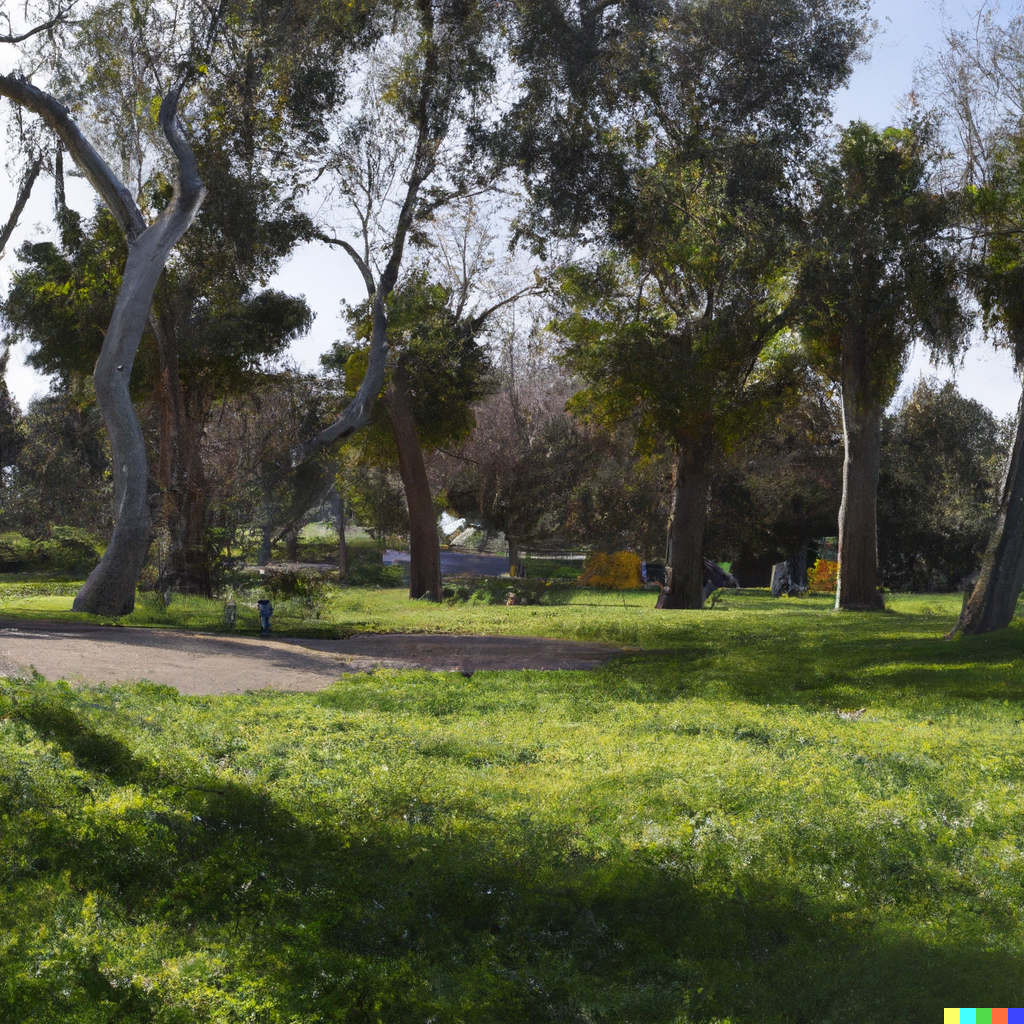
Futurescapes as a Reframing Tool
A major source of suffering is caused by the chasm between what is and what is preferred. There are at least three ways of alleviating this suffering:
- Accept what is;
- Change what is preferred;
- Or create what is preferred.
In this post, I’ll expand on the concept of what is preferred, attempt to differentiate bullshit from Futurescapes, and argue that Futurescapes are a powerful reframing tool.
What is preferred
I’ll focus on the suffering that exists because of preferences about the future that are unrealized today. The future is malleable.
Liubertė and Dimov [1] wrote a gem of a paper in 2021. They were curious about how Elizabeth Holmes used language to create a portrait of the future. Rindova and Martins (2022) [2] made a valuable contribution about how these portraits, Futurescapes, are created. Both papers are well worth the read on their own.
A Futurescape is a system about the future. It’s almost always made of words. It’s typically a story, contains language designed to generate an emotional response, imagines a total solution, and features some kind of a network or ecosystem.
The quality attributes of these Futurescapes can be arranged along several dimensions. They can range from the obvious to the absurd, exclusive to inclusive, poverty to prosperity. Rindova and Martins highlight the tension between desirability and plausibility.
Bullshit and Futurescapes
Benedict Evans uses the phrase “A bullshitter that delivers” when referring to certain people. It appears to be a contradiction. And that’s what makes it fun. There’s an idea that if you set an impossibly high goal, that you’ll achieve something much greater than you would otherwise. So a bullshitter may author a Futurescape about colonizing Mars, while only a moon colony ever comes out of it. Then a debate about the term deliver can ensue until the horse acquires a glue-like consistency.
There’s a question about the mental state of an individual deploying bullshit. Are they lying? Are they aware that they’re lying? Are they overestimating their capabilities relative to the objective? Are they imitating other bullshitters to get attention? Are they capable of backcasting from an ambitious goal? Because a great Futurescape has the tension between the plausible and the desirable, it’s possible that the bullshitter themselves can’t tell the difference between what is bullshit and what is not. Regardless of the intent and mental state of a bullshitter, they still produce a movement that can be analyzed.
A Futurescape may be 0% bullshit, 100% bullshit, and anything in between. For the moment, let’s separate the author of the Futurescape from the tool itself.
Futurescape as a Reframing Tool
Often, the search for a better way is driven by dissatisfaction [3]. This is the essence of the meme: “There has got to be a better way!” Futuescapes are the crystalized essence of what that better way will be.
Futurescapes can be used to reframe what is possible, and in so doing, highlight old and new choices. They can make the unimaginable, imaginable. They can make the unthinkable, thinkable. They can make the unactionable, actionable.
It is not the case that everybody is equally dissatisfied with the status quo. For many, the status quo is preferable to any change. This is the over-reduced mother sauce of global debates since…probably homo sapiens sapiens started imagining and then arguing about the future.
Some people say that our future condition can be better if we do some things. Others argue that the future won’t be better even if we do some things. Others argue that the future condition presented is not worth the cost of the change suggested. The tension between desirability and plausibility generates a cloud of priors agitated by fear, love, certainty, and uncertainty.
There’s the argument that Futurescape are unnecessary to reduce suffering because we should just all accept what is.
There’s the argument that Futurescapes can reduce suffering by maximizing plausibility at the expense of desirability. If simply change what you prefer about the future then you’ll feel much better about it.
There’s the argument that Futurescapes can reduce suffering by maximizing desirability (in spite of plausibility) because we all end up creating a better future together when we reach for desirable results.
You be the judge.
Conclusion
Futurescapes are a great tool to reframe what is possible, engage communities on the futures they desire, and to reduce suffering. They can help people accept what is, change what is preferred, or create what is preferred.
Sources
[1] Liubertė, I., & Dimov, D. (2021). “One tiny drop changes everything”: Constructing opportunity with words. Journal of Business Venturing Insights, 15.
[2] Rindova, V. P., & Martins, L. L. (2022). Futurescapes: Imagination and temporal reorganization in the design of strategic narratives. Strategic Organization, 20(1), 200-224.
[3] March, J. G. (1994). Primer on decision making: How decisions happen. Simon and Schuster.
